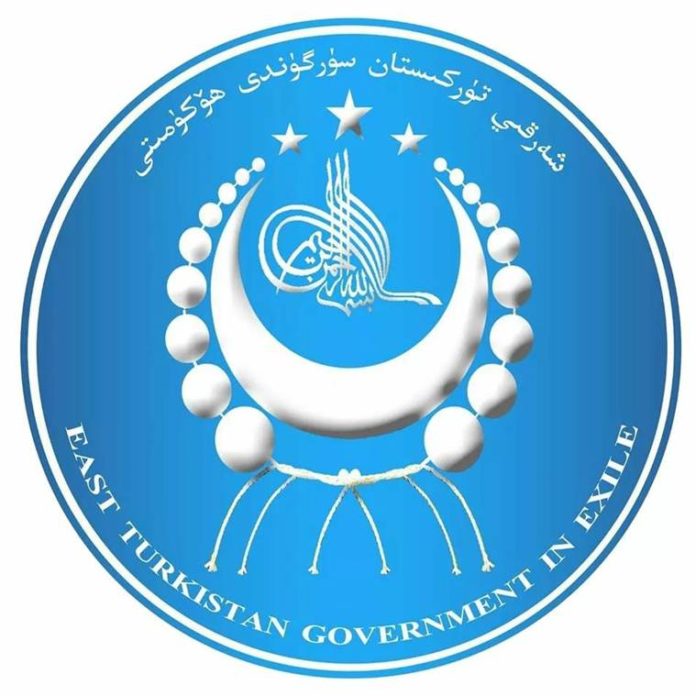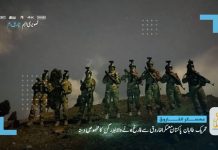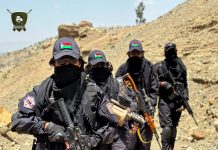Column
By Ghulam Osman,
President of East Turkistan Government-in-Exile
Today is November 12, the Independence Day of East Turkistan.
We, the people of East Turkistan in exile, have been celebrating this day every year. And we have never lost and will never lose our hope for celebrating this day on the soil of East Turkistan one day.
East Turkistan is located on the eastern side of Great Turkistan divided by the Pamir Plateau. While it was originally invaded by the Manchu empire, the Chinese have been inheriting this colony from it since then.
Since the first Manchu-Chinese colonization, the people of East Turkistan have resolutely
refused to accept colonial rule, during which they proclaimed its independence thrice in its colonial history.
Today we are celebrating the Establishment Day of the last two East Turkistan Republics.
In 1931, the Qumul rebellion swiftly expanded throughout East Turkistan. It overthrew the colonial government structures, and it arrived quickly in Kashgar through the south western routes.
At this time, inspired by this revolution and its victories, there was another rebellion in Hoten, resulting in the Hotan people seizing the political power of the entire Hotan prefecture.
In the establishment of a new government under the leadership of Ameer Sahib Nurmuhammed, a part of their army headed toward Kashgar. Mr Sabit Abdulbaki (aka Sabit Damolla), the visionary and founding father of the first East Turkistan Republic was among them.
Upon arrival in Kashgar, Mr Sabit Damolla met with the influential figures of the city, to whom he explained his dream of establishing an independent state.
With the support of the nationalistic wealthy people and intellectuals, he established an organization called “Independence Organization”, through which he started to initiate the groundwork of establishing this state.
At that time, the situation of Kashgar was quite complicated in that several independent factions co-existed delicately on the brink of a civil war.
With his great knowledge and in particular with his oratory skills, he united the people having different opinions and intentions towards the goal of proclaiming independence on 12 November 1933.
On the day of 12 November, the people of Kashgar gathered on the swamp lake between
the current Kerembagh Hospital and Tumen River.
After the firing of the 36-gun salutes, the national anthem was played, which was followed by Mr Sabit who proclaimed the establishment of the East Turkistan Republic.
This was a modern constitutional state in our colonial – history that officially defined our
flag, emblem and anthem for good as the reminders of this unforgettable day.
Within a short period of time, with the lack of sufficient financial, human and military resources, Mr Sabit tried all his best to unite the conflicting sides, to calm down those unwilling to reconcile and convince them of running this nation with almost all necessary and basic infrastructures as much as possible.
As such, this republic opened its own postal services, printed its own money, issued its own passports and established its own army. For a nation, which lasted only four months, all this was nothing but a miracle.
To create such a nation without any foreign support or interference, and without being a puppet for any foreign nation, was an extraordinary political victory achieved
by the great efforts of the leaders of East Turkistan.
Although this nation was sadly annihilated, it left the most important evidence, symbols and visions for our continued fight for reclaiming our nation.
It renewed our efforts to recreate our nation. It put patriotism at the center of our life.
It was no wonder in 1944 that the determination to recreate our nation came to the fore, and the second national liberation movement took a strong foothold in the northern part of East Turkistan.
The military rebellion in 1944 put an end to Chinese rule in the three prefectures of East Turkistan.
Though the victory had already been achieved, the leaders and people of East Turkistan decided to make 12 November as the National Day of East Turkistan to commemorate the first East Turkistan Republic with the spirit of its founding father and martyrs. This means that its name came from the first republic.
It was the rebirth of it. That is why the second republic, which was established in Ghulja, was similarly a national Republic.
The second national liberation movement was more widespread and organized in that it mobilized almost all of the native nationalities of East Turkistan. At that time, this republic had a national army force with 40000 military personnel, equipped with modern armory weapons.
The proof of how the native nationalities of East Turkistan came together to fight against the common enemy could be seen in the fact that there were three Monggol battalions as part of the East Turkistan national army.
Sadly, after the end of WWII, East Turkistan was a victim of the redistribution of traditional territories, political realms and influences. As such, it was sold out to China by the former Soviet Union shamelessly.
However, the pride, excitement and hope that the two East Turkistan Republics have given us are still in the depths of our hearts. The blood of our martyrs is still flowing in our veins.
Our determination to re-create our beloved nation is strengthening more than ever. Every year when we commemorate this day, the spirit of the martyrs encourages us to move forward and not to give up or bow to our enemy, in our fight back for the independence of our nation.
(Disclaimer: The views expressed in this Column are strictly those of the author).








